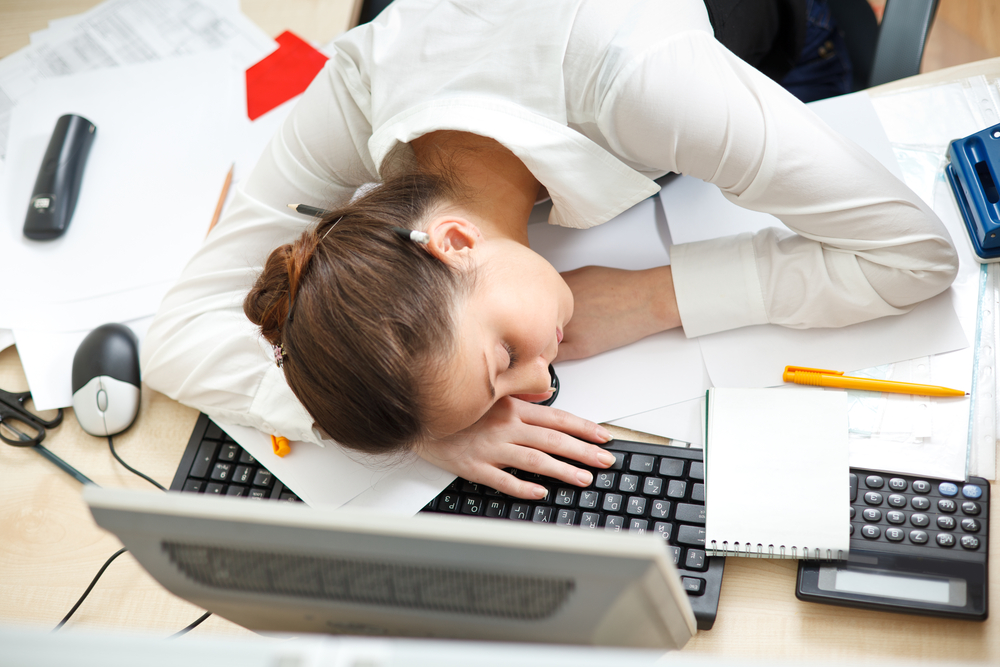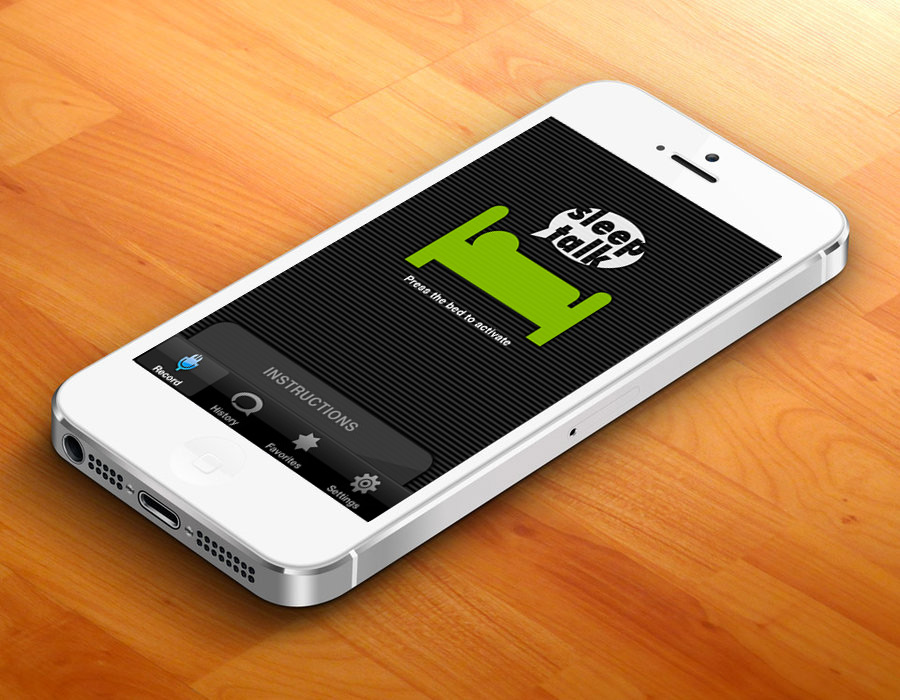The following tests are used to assess your level of sleepiness. There are many reasons why a person does not sleep well or feels tired throughout the day and not every case of daytime sleepiness requires further investigation. However, when sleepiness is an ongoing problem for a week or more, an undiagnosed sleep disorder may be present.
On the other hand, it is important to remember that many people may score quite low in the following tests, but still suffer considerable tiredness without realising just how fatigued they really are. For some, they may just have the ability to keep on going with a busy lifestyle that masks the underlying tiredness from day to day.

For each these self-assessments you will need a pen/pencil, a piece of paper and a flexible measuring tape (like one used in sewing). Under each heading on your piece of paper, you will be able to write your total scores for each assessment and then compare these with the standard results.
1. EPWORTH SLEEPINESS SCALE
This questionnaire rates “How likely are you to fall asleep in the following situations”?
0 = would never doze
1 = slight chance of dozing
2 = moderate chance of dozing
3 = high chance of dozing
- Sitting and reading
- Watching television
- Sitting, inactive in a public place (theatre, meeting)
- As a passenger in a car for an hour with no break
- Lying down to rest in the afternoon when circumstances permit
- Sitting and talking to someone
- Sitting quietly after lunch without alcohol
- In a car while stopped for a few minutes in traffic
Total Score:
A score of 10 or above indicates you may be having a problem with daytime sleepiness.
However, below 10 does not necessarily mean you do not have a problem. Many people that suffer from a sleep disorder are able to carry on with their day without excessive daytime sleepiness and may only have one or two of the odd symptoms mentioned above. However, if you do experience any of these and other symptoms, making an appointment for an assessment may be warranted.
2. STANFORD SLEEPINESS SCALE
Most people who do not work night-shifts have two peak times of alertness daily, at about 9 a.m. and 9 p.m. Alertness wanes to its lowest point at around 3 p.m. and after that it begins to build again.
This test assesses how awake you are at different times during the day and the effect of continued sleep deprivation on your life. Ideally, during the day when you go about your business i.e. at work, at school or university, and around the home, you would want a rating of 1.
Degree of Sleepiness Scale Rating
- Feeling active, vital, alert, or wide awake = 1
- Functioning at high levels, but not at peak; able to concentrate = 2
- Awake, but relaxed; responsive but not fully alert = 3
- Somewhat foggy, let down = 4
- Foggy; losing interest in remaining awake; slowed down = 5
- Sleepy, woozy, fighting sleep; prefer to lie down = 6
- No longer fighting sleep, sleep onset soon; having dream-like thoughts = 7
- Asleep = 8
Rate your alertness at different times during the day using the above rating scale:
a. 5 minutes after you wake up.
b. At the breakfast table.
c. Driving to work.
d. After lunch.
e. Driving home from work.
f. Preparing dinner.
g. Sitting watching TV.
h. Having a conversation in the evening with friends and family.
If you go below a 3 when you should be feeling alert, this is an indication that you have a serious sleep debt and you need more sleep. Sleep debt can occur due to a variety of reasons including long work hours, stress, illness, a sick child, shift work, noise when trying to sleep, medications, caffeine, pain, and snoring and sleep apnoea.
3. FLEMONS PREDICTOR
This test predicts the likelihood of a person having Obstructive Sleep Apnoea by measuring the circumference of the neck and adding this measurement to other scores.
- Neck size (measure circumference of neck with a tape measure in centimetres) = cm
- If you have High Blood Pressure or are on high blood pressure medications = add 4
- If you are an Habitual Snorer (snore most nights) = add 3
- If you have been reported to Choke, Gasp, or Stop Breathing during sleep = add 3
- Total your score by adding neck circumference with the scores in Qu 2, 3, and 4.
Total Score =
<43 = Low Probability you suffer Sleep Apnoea
43 – 48 = Intermediate Probability (4-8 times as probable as low probability)
>48 = High Probability (20 times as probable as low probability)
Please read over your answers to these questions and consider them carefully. Whilst they may be fun and interesting, excessive daytime sleepiness, snoring, choking and gasping, falling asleep in front of the television, difficulty concentrating, and irritability are all signs and symptoms that you may be suffering from a sleep disorder. These are subtle signs that may be a precursor to serious and life threatening complications that require further investigation.
 4. Smart Phone Sleep Apps
4. Smart Phone Sleep Apps
There are a variety of sleep recording apps now available for both Iphone and Android smart phones. All of these apps have a similar basis of operation however, which is to record sounds whilst a person sleeps. In this way, a basic screen for snoring and sleep apnoea can be conducted relatively easy, cheaply, and over a period of several nights.
Sleep Talk Recorder and Dream Talk Recorder are but two of the many apps available for download from iTunes. To use one of these or similar apps, do the following:
1. Switch the phone to ‘Flight Mode’. Mobile phones next to the bed and switched on can significantly affect sleep patterns and prevent a person from entering deep slow wave sleep due to constant send and receive electromagnetic radiation. Mobile phones can also cause a person to wake multiple times a night from sleep (cortical arousals) due to text messages and emails arriving if receive sounds are not silenced before going to bed.
2. Open the app and start the recording. Set sensitivity and delay times in the settings to your personal preference. Place the phone on the bedside table.
3. In the morning, stop the app and review the number of recordings. Listen to each recording taking note of the duration and severity of any snoring, talking, choking / gasping sounds, or any other abnormal sound that may have been recorded during the night.

